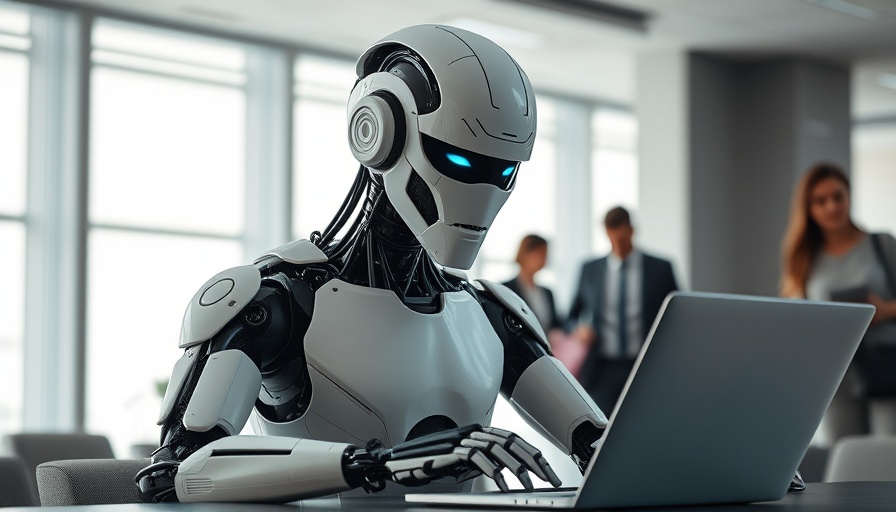
The Rise of AI Integration in the Workforce
In recent years, the rapid integration of artificial intelligence (AI) within companies has led to a notable shift in operational dynamics. Many businesses embraced AI technology as a means to boost productivity and cut costs by streamlining processes traditionally handled by humans. For instance, IBM's decision to automate human resources tasks through its AskHR system resulted in the elimination of 8,000 jobs. Similarly, Klarna, a financial technology company, outsourced customer service duties to AI systems, believing it could replace the need for human agents.
Unexpected Consequences: The Regret of Automation
However, as the dust settles, leaders in various industries have begun reconsidering their hasty decisions. Klarna's CEO, Sebastian Siemiatkowski, openly acknowledged that AI without human intervention lacked the necessary emotional intelligence, empathy, and problem-solving skills essential for maintaining customer satisfaction. This sentiment was echoed in a recent global survey where 55% of 1,163 executives admitted they regretted layoffs stemming from their AI strategies, indicating a recognition of the irreplaceable value of human labor.
The CRM Insight: Strategies Going Forward
As companies reflect on their initial excitement toward AI deployment, they are reevaluating their strategies in favor of a balanced approach. The interaction between humans and AI can ultimately lead to better outcomes, as human employees bring creativity and flexibility that AI cannot replicate. Organizations like IBM are beginning to recognize that while automation can enhance efficiency, it can also create delays, ethical dilemmas, and dissatisfaction within the workforce.
McDonald's: The Learning Curve of Automation
McDonald’s experience showcases another dimension of AI’s complexities. Initially optimistic about deploying AI order systems at drive-through locations, the restaurant encountered amusing—yet concerning—situations where customers received incorrect orders due to technological shortcomings. Videos of such incidents went viral, underlining the limitations of AI in high-paced customer service roles. Eventually, McDonald’s scrapped the automated ordering systems altogether, although it continued its AI journey through a different avenue, employing AI in the hiring process. Unfortunately, this too raised security concerns when hackers compromised the personal information of job applicants.
Lessons Learned: Emphasizing Human Element
The stories of IBM, Klarna, and McDonald’s exemplify a significant lesson for organizations exploring AI: understanding the balance between automation and human involvement is crucial. While AI can enhance productivity, it cannot entirely replace the human touch vital in customer-facing roles and creative problem-solving tasks. Furthermore, as companies rethink their strategies, they are prompted to redesign workforce processes that leverage AI technology in supportive roles rather than replacing human workers.
Future Predictions: The Future of AI Integration
Moving forward, the future of AI in the workplace is likely to hinge upon collaboration rather than replacement. Companies may focus on hybrid models where humans and AI work in tandem. This integration could lead to enhanced innovation and employee satisfaction by reaffirming the importance of human insight alongside AI's capabilities. Thus, as the world of AI continues to evolve, companies must consider the human impact of their technology choices.
As such, for AI lovers and industry stakeholders alike, it is essential to stay informed on the latest advancements and their implications on workforce dynamics. Understanding how AI can best serve both businesses and humans will be crucial moving forward. Keeping abreast of the latest trends in AI will not only empower professionals but also ensure that companies do not miss out on potential synergies.
 Add Row
Add Row  Add
Add 




Write A Comment